Tank Strapping: A Guide
Tank strapping is a critical process used to measure the contents of storage tanks, especially in industries that handle large volumes of liquids like oil, chemicals, and fuels. This technique helps determine the accurate volume of liquid stored, which is essential for inventory management and operational efficiency. Through tank strapping, companies can ensure precise measurements that are crucial for tracking, regulating, and managing their liquid assets. This process plays a vital role in various sectors such as energy, agriculture, and transportation, where accurate volume data is necessary for operational success. Whether it's a small fuel tank or a massive industrial storage unit, tank calibration and strapping are standard practices that help maintain accuracy and prevent costly errors. These methods have evolved over time, incorporating advanced technologies while retaining their traditional roots. Tank strapping involves measuring the height, diameter, and circumference of a tank to calculate its internal volume. This data is then used to create a tank chart or calibration table, which provides a reference for determining the amount of liquid in the tank at any given time. Measurements can be taken manually using tools like steel tapes or automatically with modern devices such as radar or ultrasonic sensors. The resulting data is converted into volume units like gallons, liters, or barrels, depending on the industry's requirements. The use of tank strapping charts allows for quick and accurate reporting of tank contents, making it an essential tool for inventory control and safety compliance. The term "tank strapping" originates from the early days of measurement, when workers used a steel tape or strap to measure tank dimensions manually. Although modern technology has largely replaced manual methods, the name remains due to its historical significance. Tank strapping ensures accurate inventory management, reducing the risk of losses and errors. It helps businesses track their liquid assets precisely, leading to better planning, cost savings, and improved decision-making. By maintaining accurate measurements, companies can avoid overfilling or underfilling tanks, which can lead to financial loss or safety hazards. Additionally, tank strapping supports transparency with clients, partners, and regulatory bodies, ensuring trust and compliance. Moreover, accurate measurements contribute to workplace safety, particularly in environments where hazardous materials are involved. Knowing the exact volume of substances in a tank can prevent accidents and improve operational efficiency. A variety of tanks require calibration, including vertical, horizontal, spherical, fixed roof, and floating roof tanks. Each type has unique characteristics that influence how they are measured and calibrated. Vertical tanks are commonly used for storing liquids like water, chemicals, and fuels. They are designed to be sturdy and can be installed both indoors and outdoors. Horizontal tanks are often smaller and more cost-effective to transport. They are ideal for storing pesticides, fertilizers, and other liquids that require mobility. Spherical tanks are used for high-pressure gases like butane. Their shape allows for even distribution of pressure, making them ideal for storing volatile substances safely. Fixed roof tanks are sealed and often used for storing non-volatile liquids. Some models include pressure relief systems to manage internal pressure changes during filling or emptying. Floating roof tanks have a roof that moves with the liquid level, eliminating vapor space. This design reduces evaporation and improves safety by minimizing the risk of flammable vapors. A tank strapping table is a reference tool that converts linear measurements into volume readings. It helps operators quickly determine the amount of liquid in a tank based on the height measured. These tables are also known as calibration charts, gauge charts, or dip charts. They are essential for accurate inventory management and are typically available in both metric and imperial units. Each tank may require a different calibration table due to variations in size, shape, and construction. Therefore, it's important to use the correct table for each specific tank to ensure accuracy. Tank strapping tables provide a clear relationship between the height of the liquid and the corresponding volume. Below is an example of a typical tank strapping table: INCHES MM BBL LITERS US GAL 2 51 1 159 42 4 102 2 318 84 6 153 3 477 126 8 203 4 636 168 This table shows that if the liquid level is 4 inches, the tank contains 2 barrels, 318 liters, or 84 gallons. Accurate readings are crucial for effective inventory control and operational planning. Despite advancements in technology, many industries still rely on manual methods for tank strapping. These methods involve using physical tools to measure the liquid level and other tank dimensions. The innage method measures the depth of the liquid in the tank. A weighted line (plumb bob) is lowered from a reference point until it touches the bottom of the tank. The measurement is then recorded and used to calculate the volume. The ullage method measures the empty space above the liquid. A tape measure is lowered until it reaches the surface of the liquid, and the reading is subtracted from the total height of the tank to determine the volume of the liquid. This method is often used for hazardous or corrosive materials that could damage measuring tools. Modern technologies such as continuous float-level transmitters, electro-optical distance ranging, submersible pressure transducers, and ultrasonic sensors have revolutionized tank strapping. These tools offer faster, safer, and more accurate measurements than manual methods. For instance, ultrasonic sensors emit sound waves that reflect off the liquid surface, allowing for real-time volume calculations. These sensors are cost-effective and require minimal maintenance, making them a popular choice in many industries. Drones are increasingly being used for tank inspections, offering a safe and efficient alternative to traditional methods. They can access hard-to-reach areas, capture detailed images, and create 3D models for analysis. Companies like PERTAMINA have successfully used drones to inspect aging tanks, improving safety and reducing costs. With the integration of data localization, drone technology is set to further enhance the accuracy and efficiency of tank strapping in the future. [Read next: A Guide to How Drones are Used for Inspections]
The variety of color coating board, in different use occasions, there are different printing grain, hundreds of wood grain colors and other modern patterns to choose from; Excellent workability, elongation of metal sheet and film good ductility.
Suitable for shearing, bending, rolling forming, stamping; Dust-proof, anti-bacterial, thin film and metal steel plates isolate air and moisture, with anti-mold treatment, is the best surface material for modern decoration. Color coated plate acid and alkali resistance, the bottom metal has good corrosion resistance, acid and alkali resistance, so the color coated plate has excellent chemical resistance.
Refractory, PVC high temperature composite board uses unique refractory PVC film material, belongs to flame retardant material, fire performance reaches B1 level. It has self-extinguishing ability to prevent extended combustion. Durability, excellent adhesion of film and metal plate, has stood the test of time, surface film is easy to maintain, very economical.
Weather resistance, can be added to anti-UV formula anti-UV formula, can be used for many years without discoloration. Color coated board has environmental protection, PVC coated steel plate made of products easy to clean, scratch resistant, reduce maintenance costs and labor costs, and has environmental protection and human products.
PPGI coil,color coated galvanized steel,prepainted galvanized steel Shandong Longhao Steel Group Co., Ltd. , https://www.longhaosteels.comTank Strapping: A Comprehensive Guide
What Is Tank Strapping?
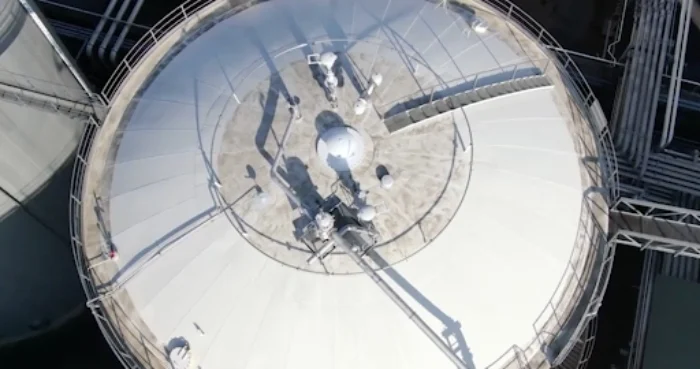 Diesel tank inspection
Diesel tank inspectionWhy is the Process Called Tank Strapping?
The Importance of Tank Strapping
What Kinds of Tanks Need to Be Calibrated?
Vertical Tanks
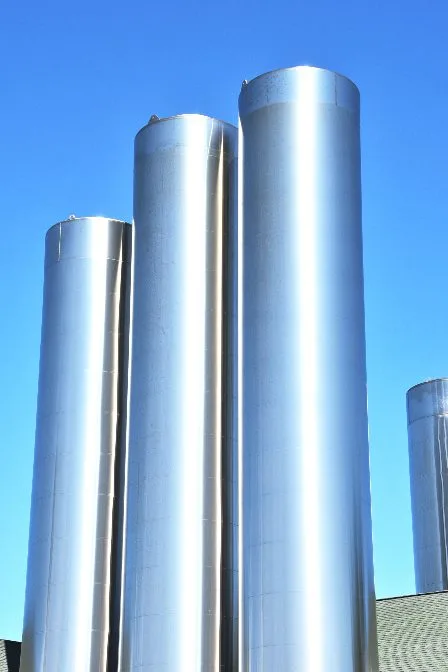 Vertical tanks containing milk
Vertical tanks containing milkHorizontal Tanks
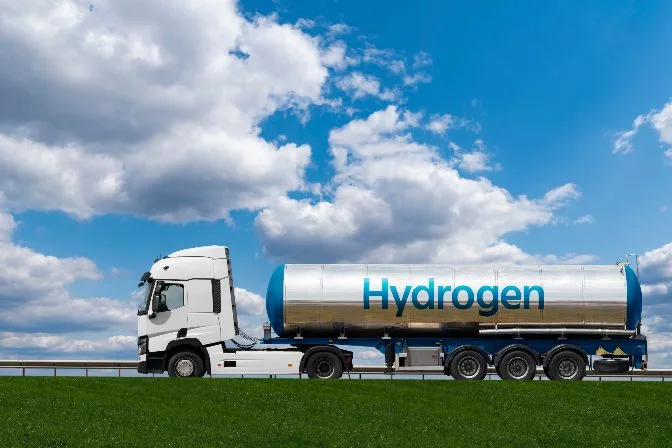 Horizontal tank containing Hydrogen
Horizontal tank containing HydrogenSpherical Tanks
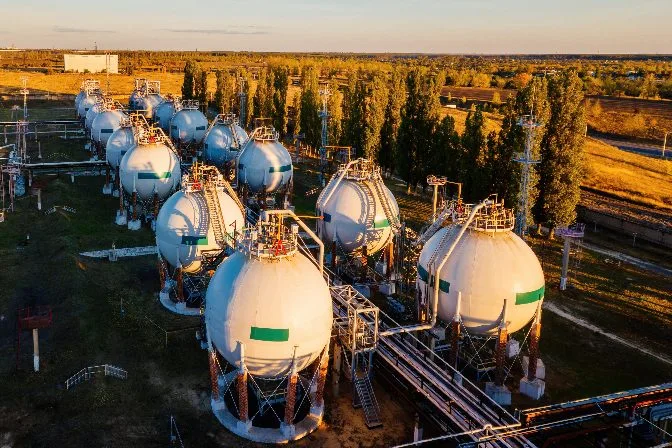 Spherical tanks containing gas
Spherical tanks containing gasFixed Roof Tanks
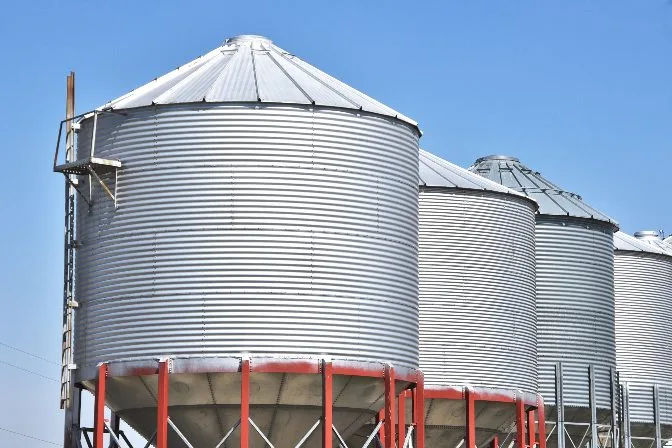 Fixed or closed roof storage tanks containing grains
Fixed or closed roof storage tanks containing grainsFloating Roof Tanks
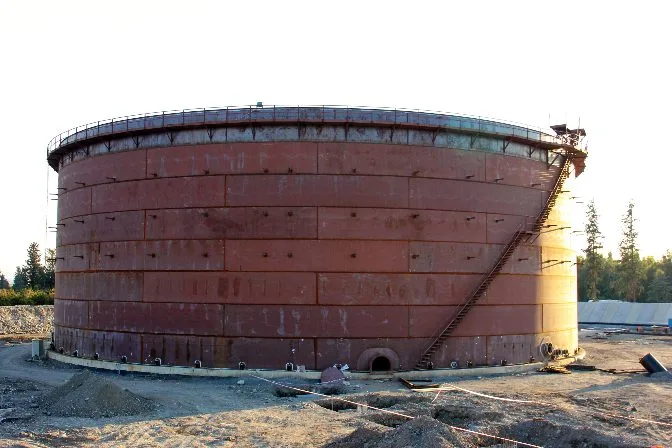 Floating roof tank containing crude oil
Floating roof tank containing crude oilWhat is a Tank Strapping Table?
How to Read a Tank Strapping Table
Manual Tank Strapping Methods
Innage Method
Ullage Method
Technological Tank Strapping Methods
Drones in Tank Inspection